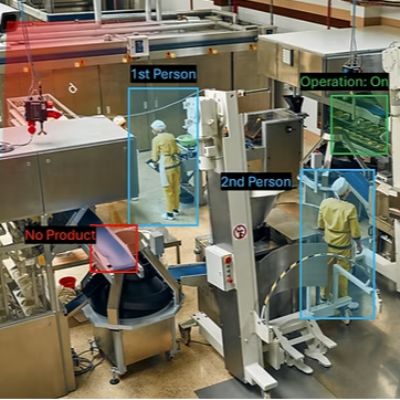The "E" in ERP Might as Well Stand for Emergency
April 1, 2011Comments
While metalformers may have been avoiding installing a new enterprise-resource-planning software system, due to the somewhat daunting investment required, the alternative typically can be much more time consuming, labor intensive, costly and even harmful to your businesses future. The right type of ERP system can actually reduce costs, save thousands of dollars and markedly improve overall profitability. Two areas, of several, where a new ERP system can significantly reduce costs: inventory management and production scheduling.
Trimming Inventory-Related Costs
Typically, when metalformers begin implementing a new ERP system, they’ll realize a reduction in net inventory costs, carrying costs on this inventory, and labor and shipping costs. For example, consider London Automotive & Manufacturing, which operates a metal stamping and assembly facility in London, Ontario, Canada. Says company president Greg Ducharme: “We needed better inventory management of our raw materials, and had more than $500,000 tied up in the wrong steel inventory. Improved shop-floor scheduling with our new ERP system has resulted in improved production levels since each piece of equipment is now in a level-load state. As a result, we have the right stuff at the right time, which has resulted in dramatically less equipment changeover.”
Stampers must be able to answer these questions—just a few of the questions that new ERP software can answer with a keystroke.
• How much raw-material inventory do you have right now, and where is it exactly?
• How old is it?
• Is it the right material for the right job?
• Where did it come from and how much did it cost?
Similarly, metalformers must account for work-in-process (WIP) inventory, and understand how this inventory affects production planning. Says Jason Franklin, Tennessee Stampings, Portland, TN: “We had zero visibility of WIP components and finished goods, and our new ERP system now handles bar-coding capabilities from steel receiving to WIP inventory through to shipping.”
This type of tracking capability allows a metalformer to have answers to customer questions quickly and accurately, improving customer service. Integrating eliable data-collection systems such as barcode readers on wireless networks, in concert with an ERP system, allows a company to make decisions quickly, based on real-time and accurate data.
Production Scheduling
Production scheduling can become a real headache for companies trying to manage a dynamic process with a static tool. ERP software can compute all of the many variables affecting production scheduling, helping a metalformer answer these and other critical questions:







